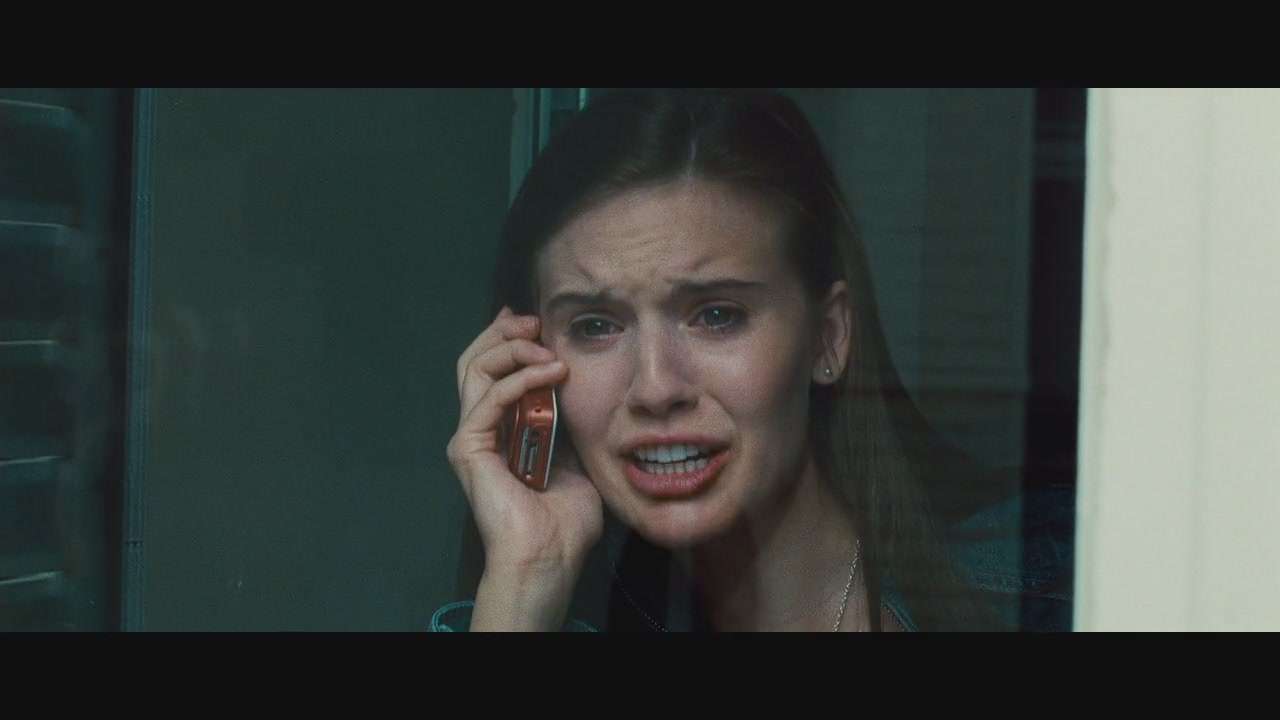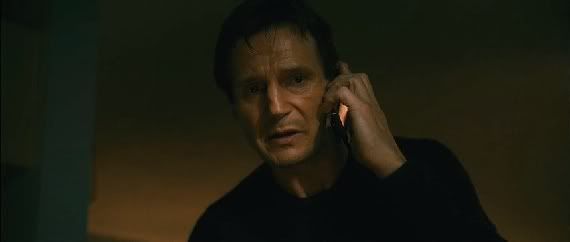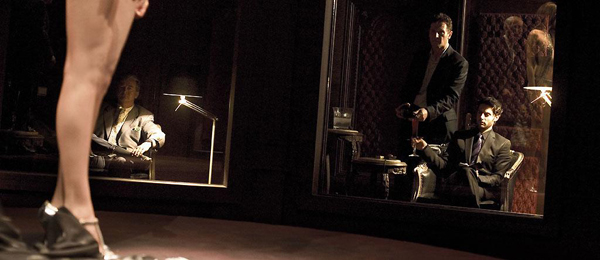Three Act Structure Of Thriller
Act 1 - Exposition
This part introduces the characters and shows some relationships between the characters. This usually lasts for 30 minutes, mainly getting a feel for the main character and getting to know there character. This is a freeze frame image of the start of the film between the dad, mother and daughter when they allow her to travel to France with her friend for a music tour.

Inciting Incident -
This is part of the film which is half way through the first act. Its an event which sets the plot of the film in motion, for this specific film 'Taken' this part is when the daughter (Kim) arrives in France after trying to persuade her Dad to let her go alone. In this act Kim also meets a French guy who she gets talking to outside of the airport who she then shares a taxi with and her friend tells him they are staying alone in France.

Plot Point
A plot point is an event which leads the plot into a new direction, leading into a new act of the screen play. In Taken this is the scene in which Kim is on the phone to her dad and from the window she can see that people have broken in and grab hold of her friend. Whilst on the phone to her dad she waits anxiously knowing that they're coming to get her too.

Act 2 - Obstacles
In the second act the main character comes across an obstacle which stops them from achieving there plan or goal. In this Film when the dads on the phone to his Daughter (Kim) he tells her to go to the next room and lay under the bed then shout out the kidnappers identity when they grab her. The obstacle which happens is that the dad manages to speak to the kidnapper but then loses trace of the number and cant track down the number or location from where his Daughter was taken from.


First Culmination -
This is halfway to midpoint of the film when the main character comes close to achieving the goal then something happens and it all falls apart. This part would be when the Dad flies out to Paris to try find his daughter and her friend, find the French guy who they spoke too, he then gets run over so the dad then needs to get hold of more people in order to find his daughter.

Midpoint - Halfway through
Half way through the film when the main character is not yet close enough to achieve/complete their goal. In this part of taken the Dad comes across prostitute's and kills men who have been involved with his daughters kidnapping. He finds Kims friends who's dead laying in bed over dosed on drugs, but there is still no sight of his daughter.

Plot point
Liam Neeson (Dad) gets closer and closer to finding out information on where his daughter may be and finds a location where he could possibly find her.

Act 3 - Climax
Lee Neeson finds his daughter is being sold as a prostitute. He follows the men that have hold of his daughter and tracks them down on a boat. He then kills them all and is safe with his Daughter (Kim) in France.




Denouement -
This is the ending of the film, the part which is calm and is where the state of equilibrium returns. In taken Lee Neeson and Kim return home safely and she is reunited back with her mother.

